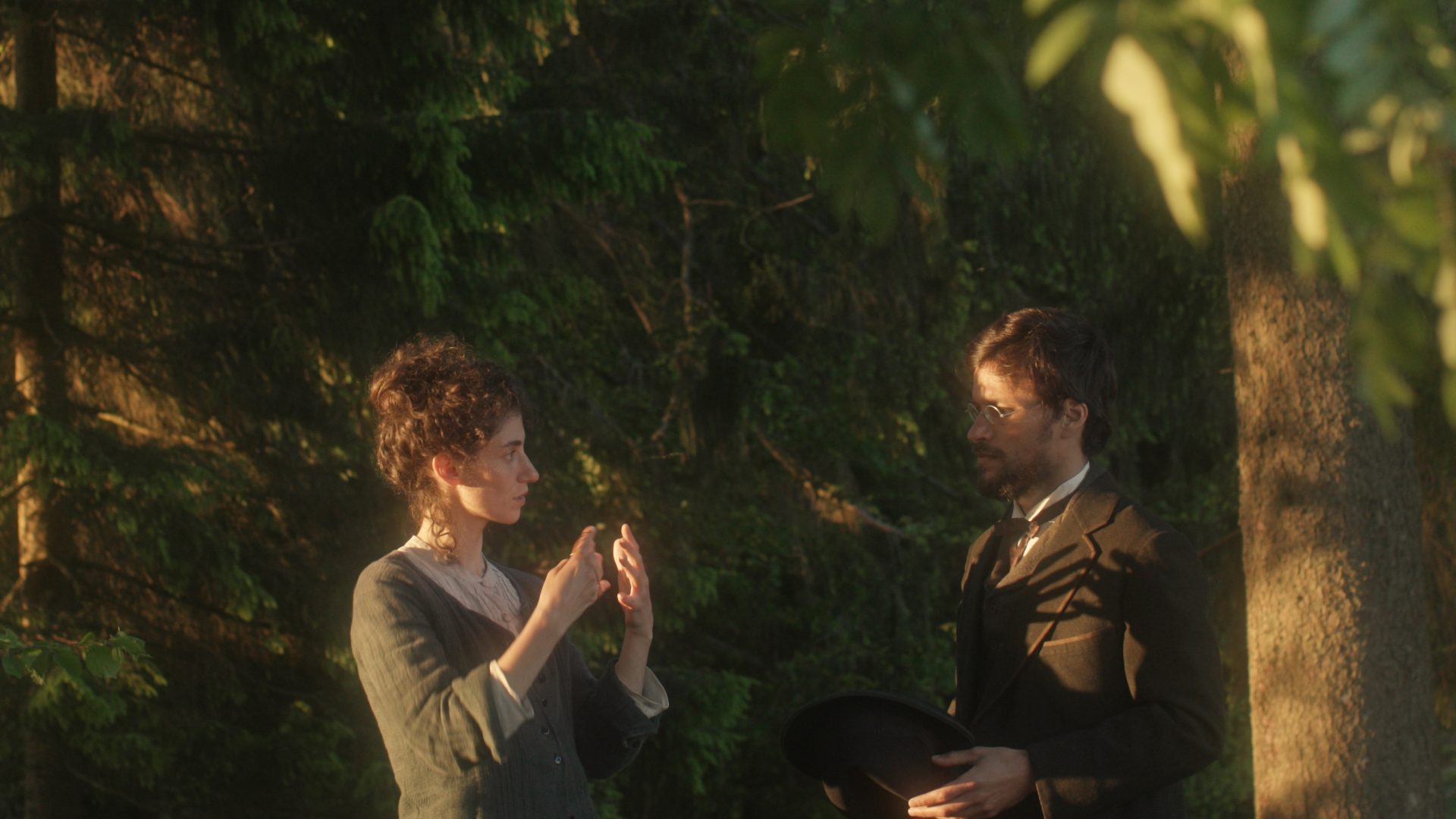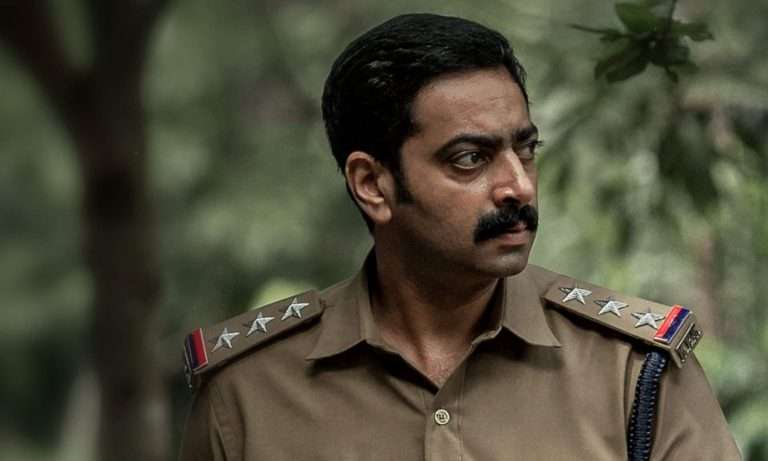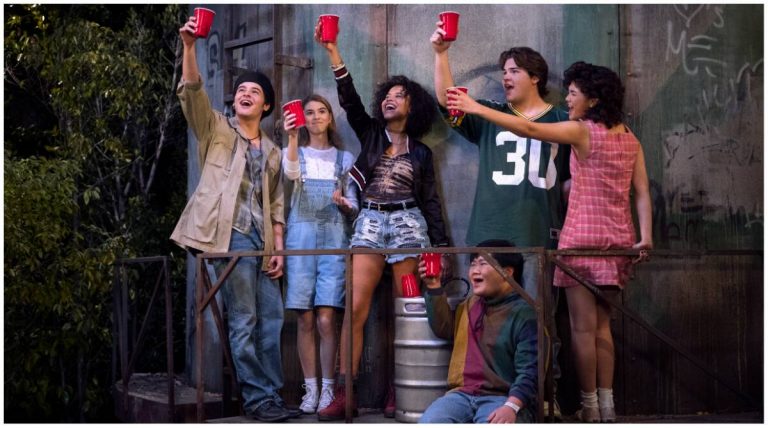Unrest (2022) Movie Review: Clocks have become a part of the regular fixture to such a degree that in this current decade, the notion of the wall clock or watches as instruments of time are getting jettisoned, subtly if not overtly in favor of electronic measurements of time installed as applications in your smartphones. Having been witness to the exponential advancement of technology, the precise definition of a clock in the current landscape is fascinating – “instruments of measurement that continuously count and display the passage of time in equal periods.” The critical point here is the periodicity of the course of time, which is at odds with the film’s opening.
Based on the true story of Pyotr Kropotkin, who managed to conceptualize his ideas of anarchism after witnessing the political organization amongst the workers in the watchmaking factory, the movie’s premise sounded like the start of an overly pseudo-intellectual setup to an equally pseudo-intellectual punchline. Interestingly to a certain degree, “Unrest” is exactly that. Because the primary setup of the joke is the homonym of the title, which typically points to a state of dissatisfaction and disturbance, specifically retaliated against administrative and political inertia.
However, Unrest also means “Unureh,” which, according to the Brockhaus dictionary as well as explained via the secondary protagonist Josephine (Clara Gostynski) to Kropotkin (played in the film by Alexei Evstratov) – is “the part in clocks that, employing a mech or electronic balancing oscillation system in connection with a spiral spring, regulates the pace.” The pace in this definition refers to “the quantity, the numerical value of which indicates how much a measuring gage with reference to a regulator clock runs ahead or behind over a certain period, usually measured in s/d (seconds per day). In other words, the pace meant the escapement of a clock.
The above meaning finally sheds light on both a historical and electronic context of time measurement while simultaneously table-setting the period in which the movie takes place. We see the time of the wall clocks being set according to the telegraph time. But there are also different versions of time measurement being followed in the town of St. Imier itself – the factory time, municipal time, railway time, and of course, the telegraph time. And while the telegraph time is ostensibly the most accurate one, the three other versions of time are used in equal measure by all the three different organizations, in varied fashions to ensure that the exploitation of workers at the cost of efficiency is the only constant.
There are moments of wry chuckle-worthy humor when the women working at the factory are talking about how they are late by three or four minutes even though they set out early. It is important to remember that events in the film take place ten years before the advent of “standardized time.”
However, the film’s central premise is about the dramatic irony – of the rise of a movement solely dedicated to destroying order within a factory-producing device, which would become an integral aspect of maintaining structure and uniformity; how the invention of clocks was co-opted by capitalism as a method to disenfranchise the working class further. The subversion lies in how director Schaublin chooses to record the events of an anarchist movement with little of the volatility you would expect in a movie dealing with ideological differences. Instead, the movie is interested in following the different factions within the town of St. Imer – the women in the factory (led by Josephine), the factory’s director general and members of the administration, the affable gendarmes (police officers), etc.
Schaublin’s choice of subjects to focus on is also interesting. He is more interested in showing how the minute gears and the balance wheel of the pocket watches are placed and intricately linked to ensure the watch’s systematic workings remain intact. Still, he chooses to focus on human interactions from a distance and never at the center of a frame but always skewed to the left. It’s an idiosyncratic sensibility that he sticks to throughout the interminable ninety-minute runtime.
Schaublin, however, isn’t entirely successful in completely coalescing the placidity of his storytelling with the complexity of his political and ideological themes. The subdued storytelling had the opposite effect of divestment of attention instead of being invested by the curiosity of exploration of a new period. It is further exacerbated by the distance of the filmmaker towards his human subjects or their relegation to the bottom or the sides of the frame.
There are hints of a potential love story between Josephine and Kropotkin, which could be an emotional throughline to invest in, but they all disappear for long stretches. The discussions around anarchist maps and the state maps might speak to the divisions within the government, but all these are whispers of incidents for an audience to latch onto.
At the end of the day, “Unrest” works on a particular wavelength, perhaps capturing a form of the collective protagonism, the closest it might appear to recapture the true historical period. But this accounts for an academic form of storytelling in the truest sense, a form of pure conceptual realization, but not anything remotely resembling entertainment or emotional investment or unique from a cinematography standpoint.
It’s a shame because the potentiality of the different ideas of order and chaos coexisting within the same story would have been interesting. Nevertheless, the placid tonality ruins the flavor of this broth.








![Sharmaji Namkeen [2022] Review: A Deliciously crafted tribute to Rishi Kapoor](https://79468c92.delivery.rocketcdn.me/wp-content/uploads/2022/03/Sharmaji-Namkeen-3-768x576.jpg)

![The Art of Political Murder [2020] Review – An Investigative Account of a High-Profile Murder Trial](https://79468c92.delivery.rocketcdn.me/wp-content/uploads/2021/02/The-Art-of-Political-Murder-2020-768x432.jpg)